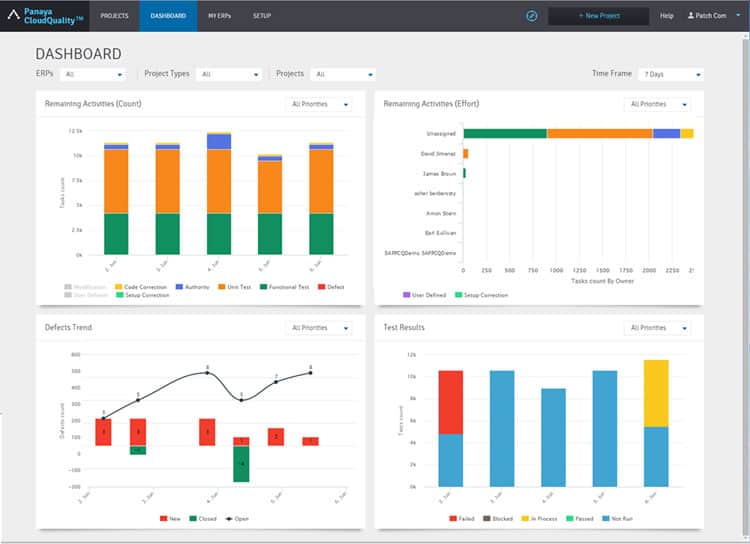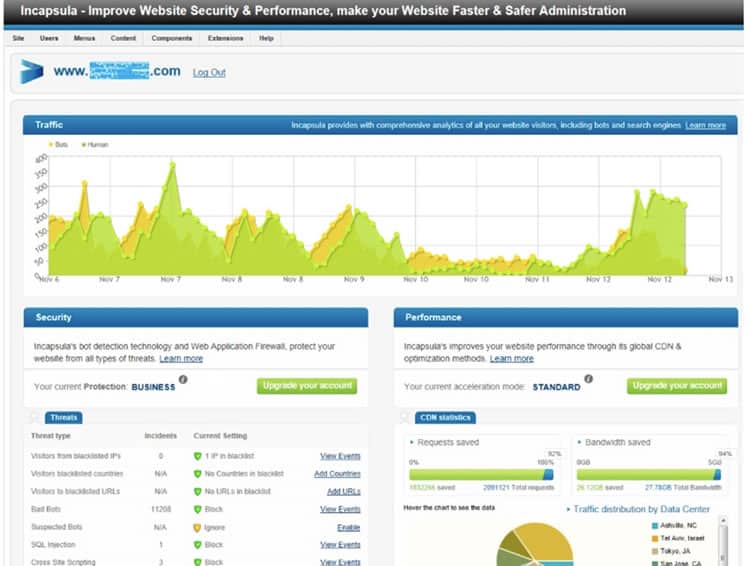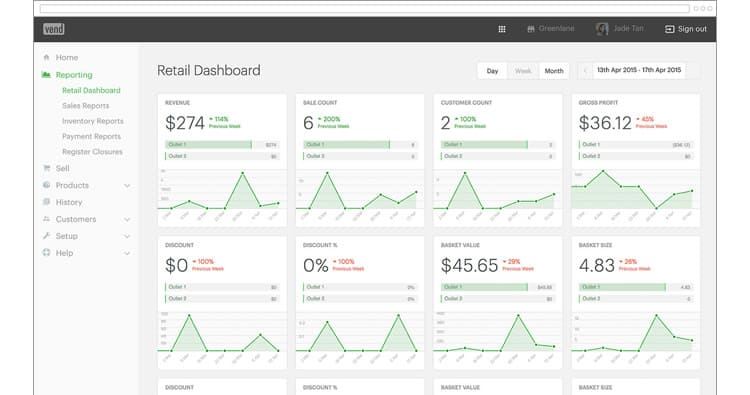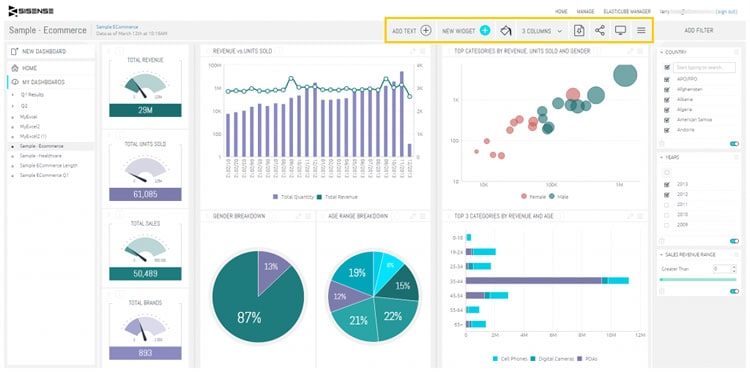
The rise of SaaS platforms has changed the way that enterprises operate, and research is now indicating that it is virtually compulsory to adopt it. Businesses all around the world are now replacing older workflow methods with productivity platforms that are radically changing the way people think and work. In a way, this may have contributed to the rise in productivity in both public- and private-sector entities, at least in the United States.
What’s more, the playing field is beginning to look more level for smaller enterprises due to the scalability of the cloud. Since it offers definite and clear advantages for both small and large businesses, the SaaS market is on an exponential growth trajectory – it’s predicted to top $50.8 billion by 2018.
After all that is said and done, however, it’s important not to look at enterprise software with rose-tinted glasses. There are still costs involved in maintaining, deploying, and fixing solutions, not to mention the hidden toll that each of these things have on productivity. And then there are also the costs involved in poorly procured or poorly managed SaaS solutions. One of the most famous cases of poor planning and management comes from HP in the summer of 2004, when lack of foresight had an impact that cost them a total of $160 million.
This tells us how software solution implementations do not always pan out in favor of the people using them. The best way to prevent such disasters from happening is to adopt a mentality revolving around automating as many aspects of the implementation and maintenance process as possible. This way, there will be little or even no loss experienced if something goes wrong.
Let’s have a look at some useful business automation platforms available to the enterprise market today…
Enterprise Automation
ERPs are notoriously difficult beasts to manage within an organization. Because of the deployment size, the amount of customization applied, and the amount of integration necessary to get one working, such a system can be extremely difficult to maintain. It’s safe to claim that the upgrade and implementation processes are known for the migraines they trigger among IT staff. Rather than resorting to the occasional aneurism, it’s certainly better to have a solution in place that automates the entire process, thus reducing tedious and redundant testing tasks.
Panaya is an enterprise automation system that streamlines processes such as testing, code cleaning, and change management throughout the entire lifecycle of an ERP implementation. This makes IT staff more productive by shifting away the menial tasks of maintaining the system, thus making maintenance less costly and tedious. For ERP users, having a consistently upgraded product will ensure that they have an experience that is reliable, friendly, and secure.

Business Continuity and Disaster Recovery
Disaster recovery solutions have long required enterprises to maintain their own infrastructures to store their data and eventually use it. This model demands a significant amount of investment in infrastructure that has to fit the projected amount of data that will have to be replicated. Sometimes, companies will overcompensate considerably and invest in systems that are not necessary. At other times, businesses will undercompensate and end up with a system with insufficient capacity.
On the cloud, however, you can scale to fit whatever needs you have and automate the delivery of data, using applications like Azure Site Recovery from Microsoft. With this solution, you can automatically have data transmitted to the cloud server (or your own second data center) and recover all of it with ease, including configurations and all of your customizations to every platform that you use.

High Availability
Disaster recovery is only one part of business continuity. In the first place, an enterprise will want to minimize downtimes and outages. The fact that outages cost business an average of $300,000 per hour should give organizations a significant incentive to minimize their length and frequency by achieving a state of high availability uptime. Not everyone has the equipment necessary to do this effectively, though. Procuring on-premises appliances can be expensive, and you often may end up overcompensating, which creates waste in your budget.
Incapsula provides cloud-based high availability solutions, with failover servers, load balancing, and an array of analytics that give you a bird’s-eye view of your entire infrastructure’s health. Its load balancing technology is uniquely fitted to direct particular types of traffic to servers best capable of delivering the data with reliability.

Retail Automation
A large number of retail outlets now utilize a point-of-service (POS) system because of its interconnectivity with various other software and services. Vend takes this idea and completely integrates itself into various other platforms such as mobile devices, allowing you to do business practically anywhere. The solution is basically a holistic store-wide helper system that lets retail establishments do a wide array of things, such as open an online store with centralized data and shipping management.

Big Data Analytics
Big data is taking the enterprise world by storm, becoming an integral part of the operations of organizations the world over. The problem is that much of the solutions on the market have cookie-cutter models for their dashboards, making these somewhat inflexible. SiSense corrects this by allowing you to build custom dashboards using data that you already have. It can very quickly extrapolate data from extremely large sets, making it a very powerful platform for large businesses with immense amounts of numbers to crunch!

In Conclusion
The cloud started a revolution that helped businesses work more efficiently. Automation, in its own way, is making the cloud even more efficient at delivering platforms and applications that enable businesses to do more. With increased agility and reliability, automated platforms now reduce the amount of tedious tasks that IT staff have to deal with, thus increasing productivity and output.
Want to learn more?
Want to get an industry-recognized Course Certificate in UX Design, Design Thinking, UI Design, or another related design topic? Online UX courses from the Interaction Design Foundation can provide you with industry-relevant skills to advance your UX career. For example, Design Thinking, Become a UX Designer from Scratch, Conducting Usability Testing or User Research – Methods and Best Practices are some of the most popular courses. Good luck on your learning journey!
(Lead image: Depositphotos)
